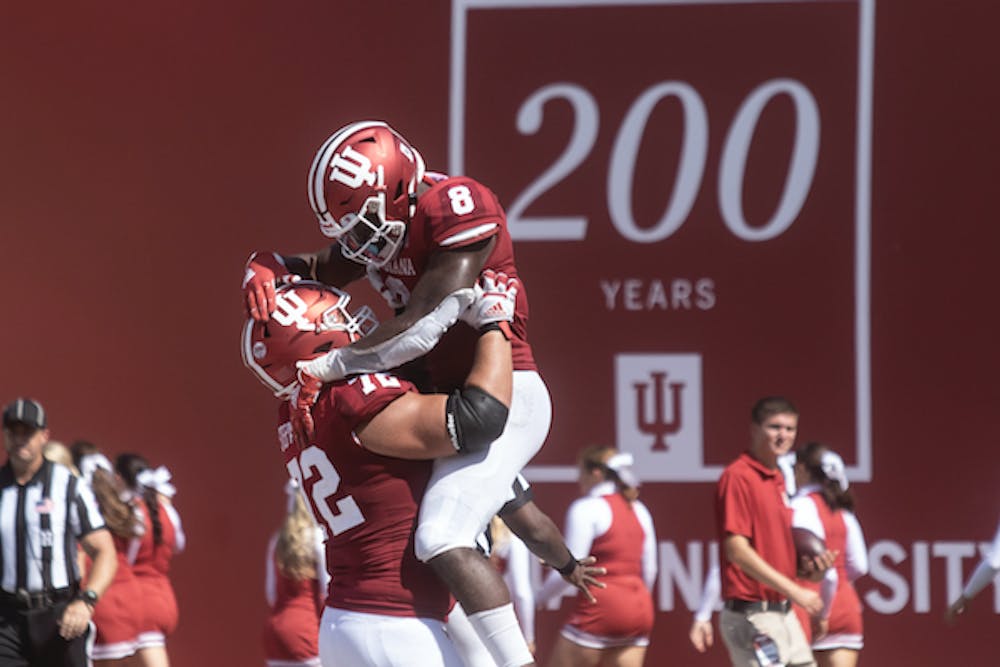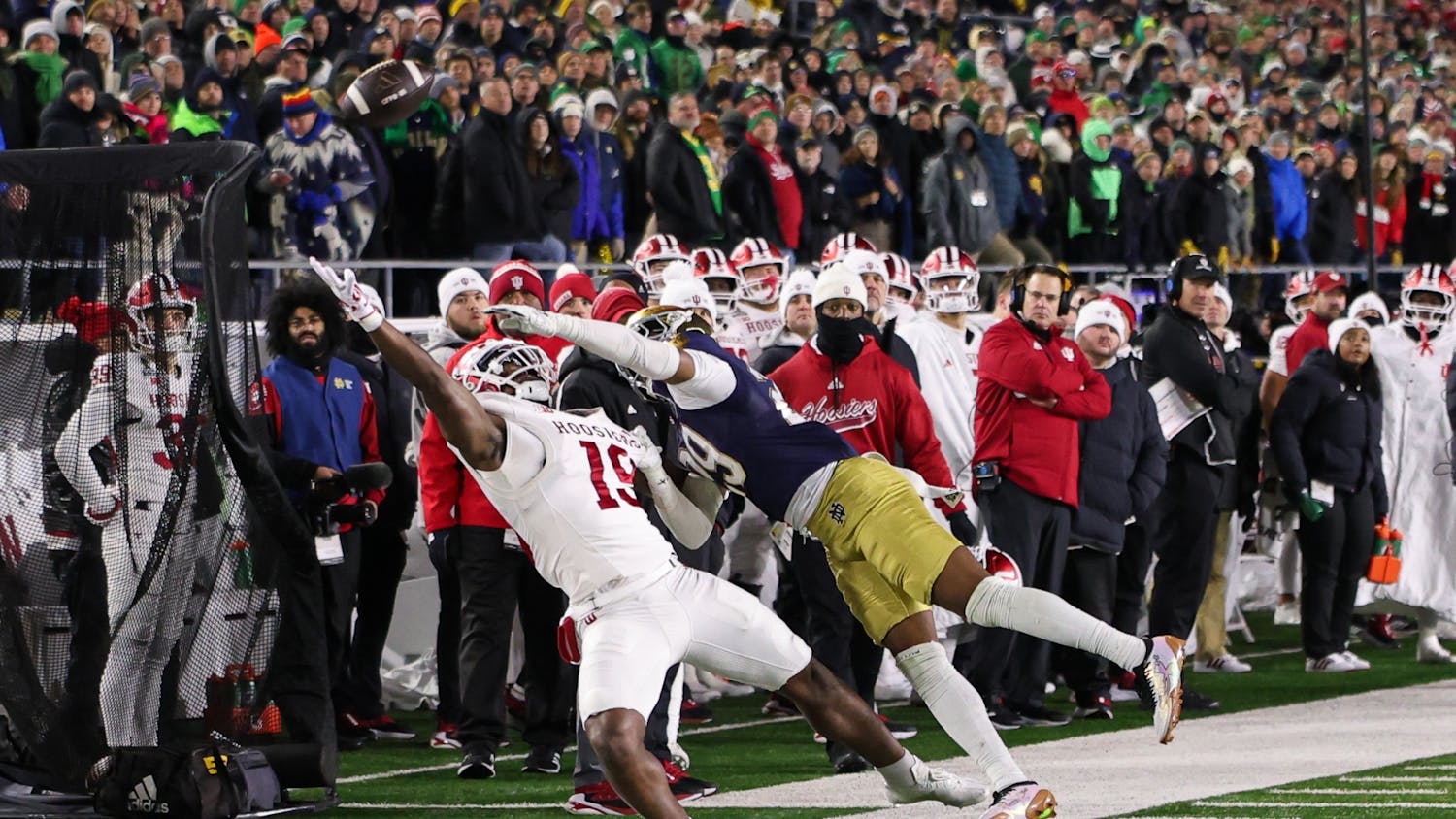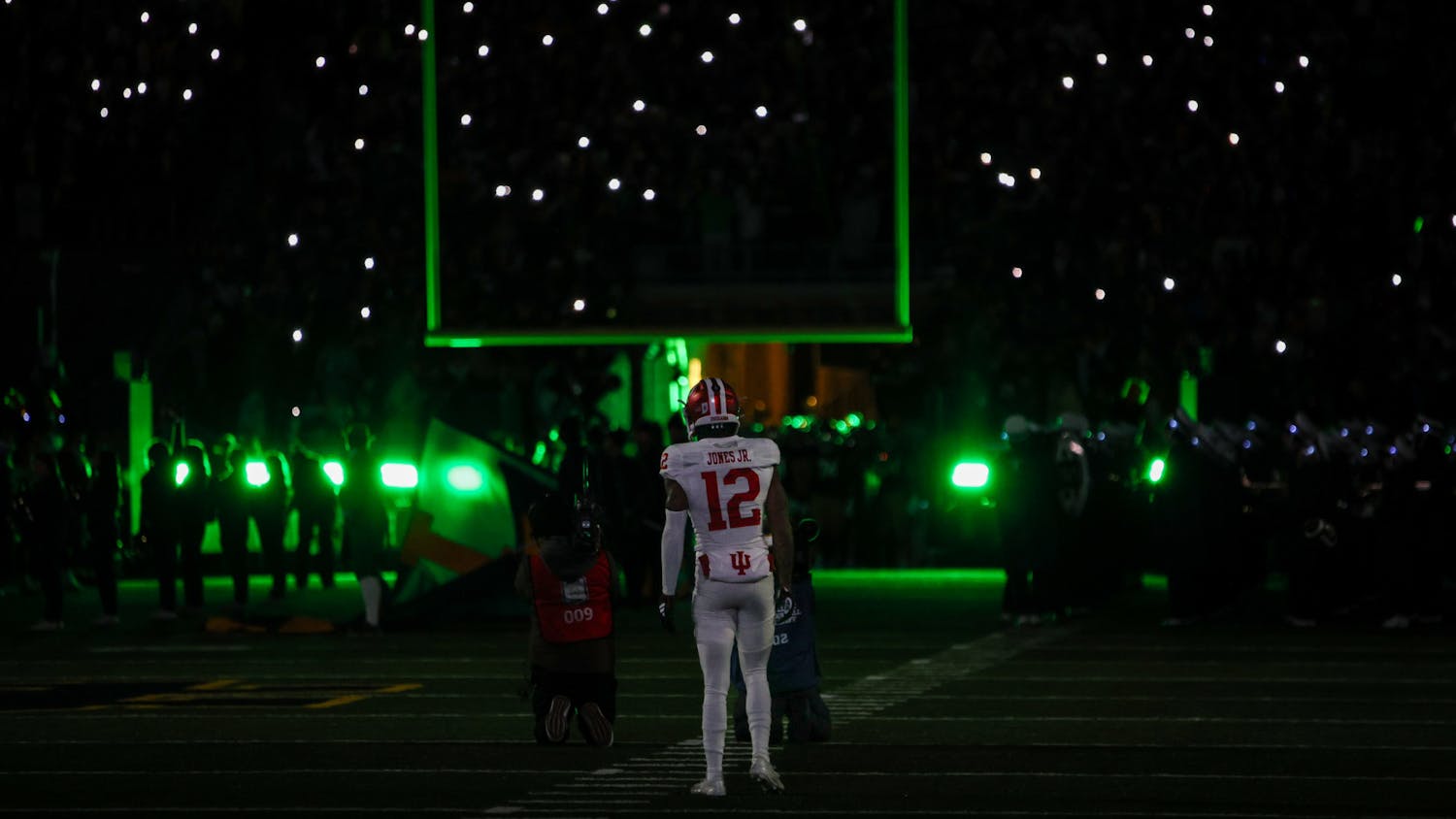A roller coaster. That’s the ride the Big Ten has been on over the past few months among the COVID-19 pandemic.
The Big Ten announced Wednesday morning that the conference's Council of Presidents and Chancellors voted unanimously to resume a football season starting the weekend of Oct. 23. The season schedule has not been officially announced, and announcements regarding other fall sports are expected soon.
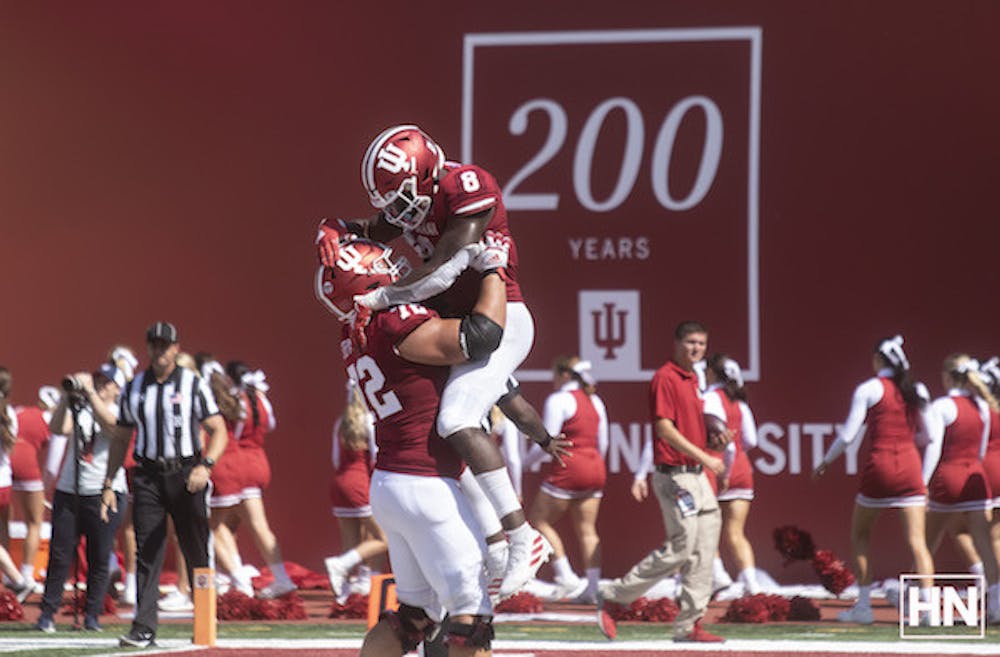
The conference postponed the fall sports season on Aug. 11. So, how did we get here a month later, and what comes next? We try to answer several key questions.
Why did the Big Ten change its decision?
First of all, testing. University of Wisconsin Chancellor Rebecca Blank told Congress on Tuesday morning that the Big Ten postponed their season due to a lack of testing and contact tracing and concerns over myocarditis, a serious and potentially fatal heart disease.
However, testing capacity has improved across the Big Ten and country in the past month, and as of Wednesday morning, the conference announced that daily rapid antigen testing — perhaps the biggest X-factor at play here — will begin by Sept. 30.
The Pac-12 announced earlier this month a partnership with COVID-19 testing provider Quindel that will allow for daily rapid testing of athletes. Quicker and more widespread testing will make contact tracing significantly easier for schools. This would prevent just a few positive tests from shutting down a whole football team for a couple weeks, as has been seen at multiple schools including Virginia Tech and TCU. This is especially important for the Big Ten in potentially playing eight games in nine weeks.
What will Indiana’s schedule look like?
The Big Ten is expected to keep a similar schedule to the proposed conference-only schedule on Aug. 5. Each team will play eight games with no bye week, and the conference title game will be Dec. 19.
Indiana would likely lose a pair of cross-division games from its initial 10-game schedule, which includes trips to Wisconsin and Minnesota and a home date against Illinois. If the dates were not dramatically changed, IU would either open at Wisconsin or host Penn State in Bloomington.
What we do know is that Indiana will have one of the more difficult schedules in the country. Three or four of its eight games will be against teams in the top 16 of the AP Preseason Poll. NCAA rules state that a team must finish with a winning percentage of .500 or above to qualify for a bowl game.
Has myocarditis been addressed? Is the pandemic improving?
Not really...that is, until Wednesday morning. Wednesday's announcement notes the implementation of "enhanced cardiac screening," as all COVID-19 positive student-athletes will undergo comprehensive testing. Following evaluation, student-athletes will need clearance from a university-designated cardiologist before being able to return to play.
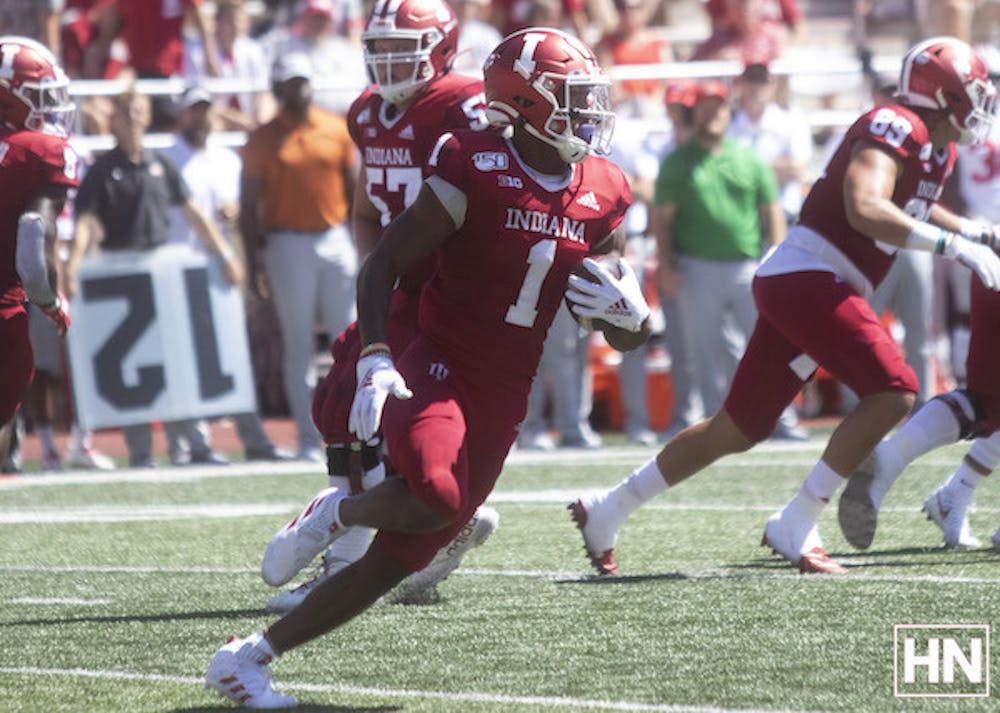
In August, a study by Ohio State sports cardiologist Curt Daniels found that close to 15% of college athletes who had COVID-19 had myocarditis. However, Daniels on Friday said his study had been misconstrued as he used a small sample size of just 26 athletes at Ohio State — four were found to have myocarditis.
That research — along with Indiana offensive lineman Brady Feeney being sent to the emergency room with breathing problems after contracting COVID-19 — were chief worries for Big Ten presidents. In addition, other athletes such as Utah Jazz basketball player Rudy Gobert have reported long-term health effects from the virus.
On the other hand, there have been no reported deaths from college athletes and the overall mortality rate is 0.5% for all 18-29 year olds in the United States according to the CDC’s website.
While concerns remain about the disease’s long-term effects, case numbers have actually gotten worse over the past month in many parts of the Midwest. Wisconsin, Nebraska and Iowa have seen their highest number of positive cases over a one-week period in September.
There was always going to be risk with playing a football season. Long-term effects of COVID-19 are still unclear but that was not enough risk today for Big Ten presidents to continue not playing football.
Did pressure play into the decision?
Certainly. As soon as the Big Ten announced its postponement, Big Ten Commissioner Kevin Warren and the university presidents and chancellors were portrayed across much of the country as the Grinch who stole Christmas, or, in this case, football.
First, Nebraska administration and head coach Scott Frost threatened to leave the Big Ten. President Donald Trump called Warren. And most importantly the SEC, ACC and Big 12 started playing football and other fall sports.
It is unlikely that the Nebraska players’ lawsuit, parents rallying outside Big Ten headquarters or Trump's tweets were deciding factors, but they were a PR mess for the Big Ten. That, combined with only the Pac-12 following the Big Ten's lead, made a PR nightmare of cataclysmic proportions. Over the past two weeks, Big Ten presidents have seen that despite some hiccups and cancellations, the ACC and Big 12 have been able to get on the field. Along with all the money that comes with college football, there was immense pressure on the 14 Big Ten presidents and chancellors to change course.
Will this work? Can the Big Ten complete a season?
Maybe. The way things have gone for the Big Ten over the past few months it is not hard to fathom a plethora of positive tests across multiple Big Ten teams stopping the season before it gets started.
The ACC announced last weekend they will need a minimum of eight teams to complete a college football season. Numerous delays and cancellations of games has made some officials uncertain that their season will finish.
Big Ten football is back for now. In the horrifying amusement park that is 2020, it is impossible to forecast which direction our collective roller coaster will plunge next.
More
